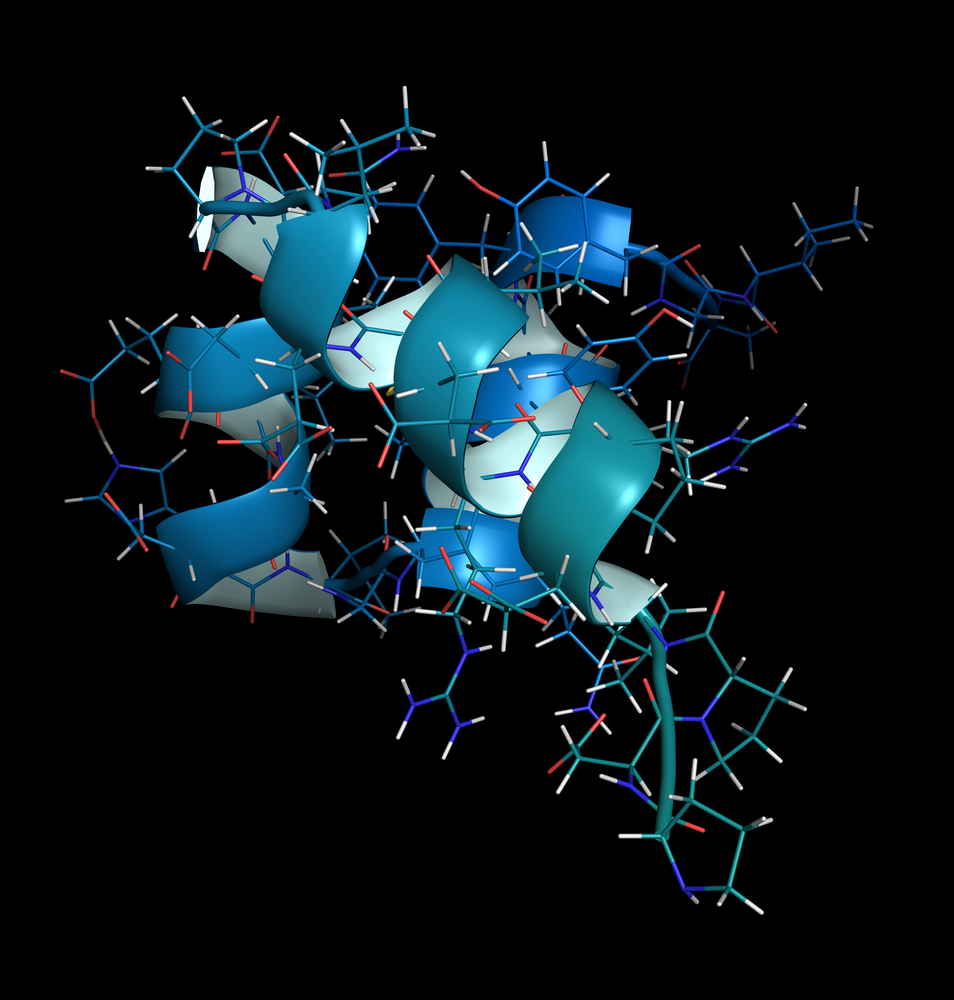Researchers identify Novel Muscle Biomarkers of Disease Progression in ALS

In a recent report published in the PLOS One journal entitled “Transforming Growth Factor Beta (TGF-β) Is a Muscle Biomarker of Disease Progression in ALS and Correlates with Smad Expression“, scientists from University of Alabama at Birmingham identified new biomarkers related to disease progression in amyotrophic lateral sclerosis (ALS).
Amyotrophic lateral sclerosis is a disease related to progressive loss of structure/function of neurons that may ultimately lead to death of nerve cells. ALS is considered the most common motor neuron disease, responsible for nearly two deaths per 100,000 people per year. Patients with ALS may suffer from various symptoms depending on the progressive stage of the disease. For example, early signs of ALS include muscle weakness/atrophy of an arm or a leg, trouble swallowing/breathing, cramping/stiffness of affected muscles, and slurred and nasal speech. At a progressive stage, most patients are eventually unable to walk or use their hands and arms and they lose the ability to speak and swallow food. At a later stage, the difficulty in chewing and swallowing makes eating extremely difficult and increases the risk of aspirating food into the lungs. In addition, most patients with ALS at this stage die of respiratory failure usually within three to five years from the onset of symptoms.
The causes of ALS are not fully understood in 90% to 95% of cases. In about 5–10%, ALS is caused by genetic risk factors related to one or more specific genes that results in the death of neurons responsible for controlling voluntary muscles. Other factors related to head trauma, frequent drug use, chemical and electromagnetic field exposure, electric shock, have also been pointed out without consistent evidence. From the therapeutic standpoint, no cure has yet been discovered for ALS, but the disease can be managed by several means to extend life expectancy using medications, breathing support, and life style changes based on nutrition, physical therapy, and palliative care.
No definite diagnosis test is yet available for ALS. The disease is primarily diagnosed based on signs and symptoms evaluated by a physician which conducts a neurological examination at regular intervals to seek for symptoms’ worsening. On the other hand, progress in research could make this possible one day as a team of researchers from University of Alabama at Birmingham, have recently identified a group of signaling molecules named Smads as muscle biomarkers of disease progression in ALS.
They found that mouse affected with ALS have elevated levels of these biomarkers and could be used to track disease progression. They also observed Smads are activated when they bind to ligand defense proteins named TGF-β. To further understand the role of TGF-β in ALS, the team performed and validated a series of experiments on ALS muscle samples taken from human and mouse biopsies. The results suggested that TGF-β is present in increased levels in ALS muscle samples when compared to controls, with a good correlation between muscle strength/Smads. Moreover, they found that expression of TGF-β goes hand in hand with Smads, which increased with disease progression. Finally, a defense activity of TGF-β was detected in cells surrounding muscle fibers in ALS samples, meaning that TGF-β ligands were able to activate Smads for signaling.
In conclusion, these findings show that TGF-β is a novel biomarker identified in ALS skeletal muscle, which is able to activate Smads for possible signaling pathways in ALS muscle. The correlation observed between muscle weakness in ALS patients and increased levels of these biomarkers with disease progression suggests they maybe useful in future diagnosis of ALS disease as well as identification of its progressive state.






